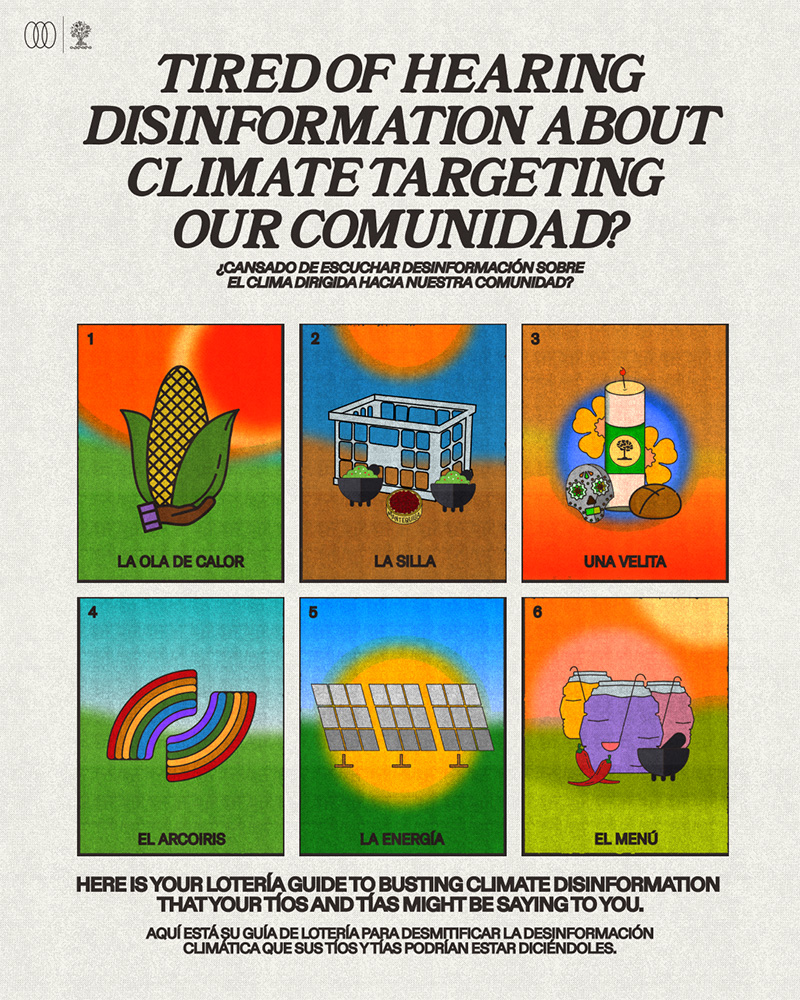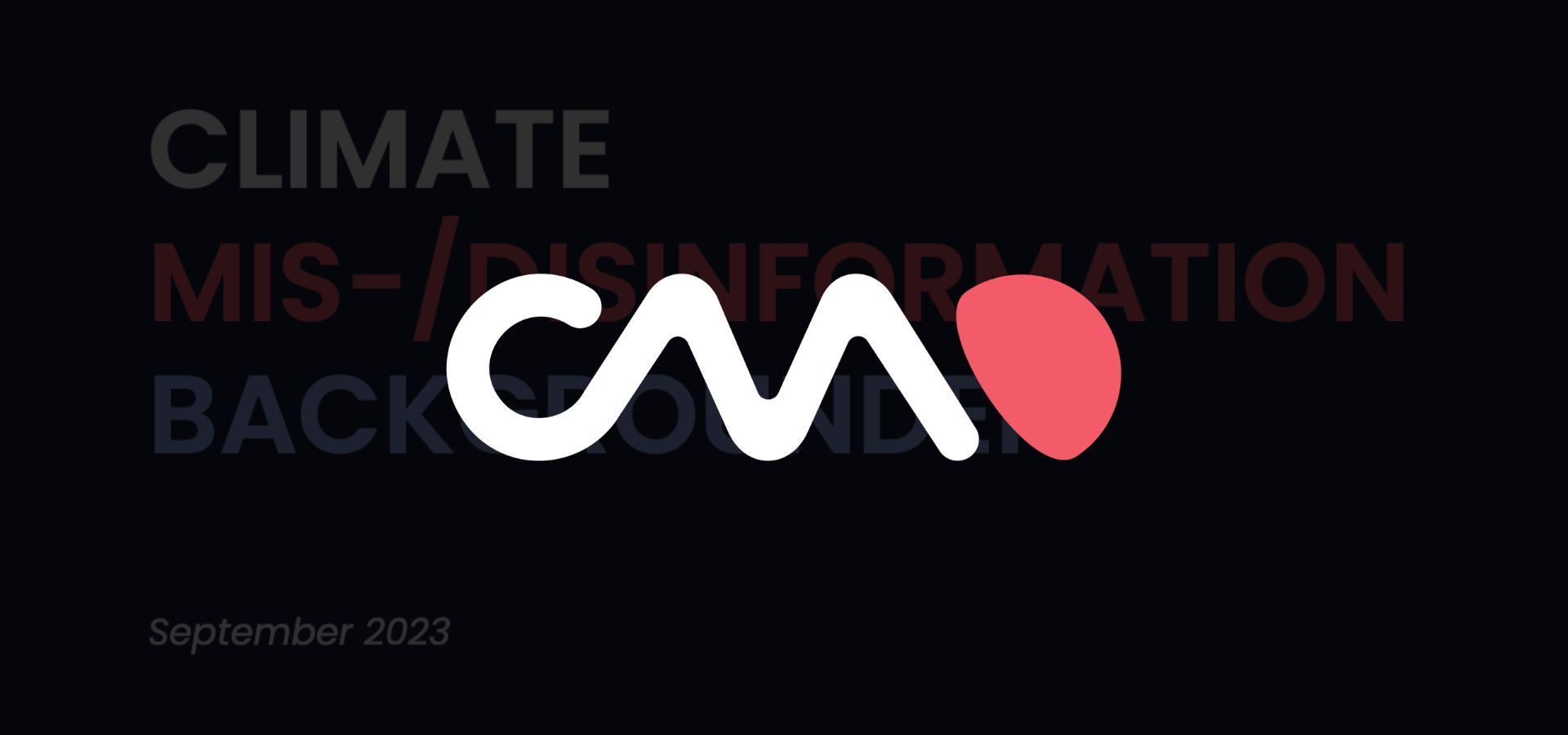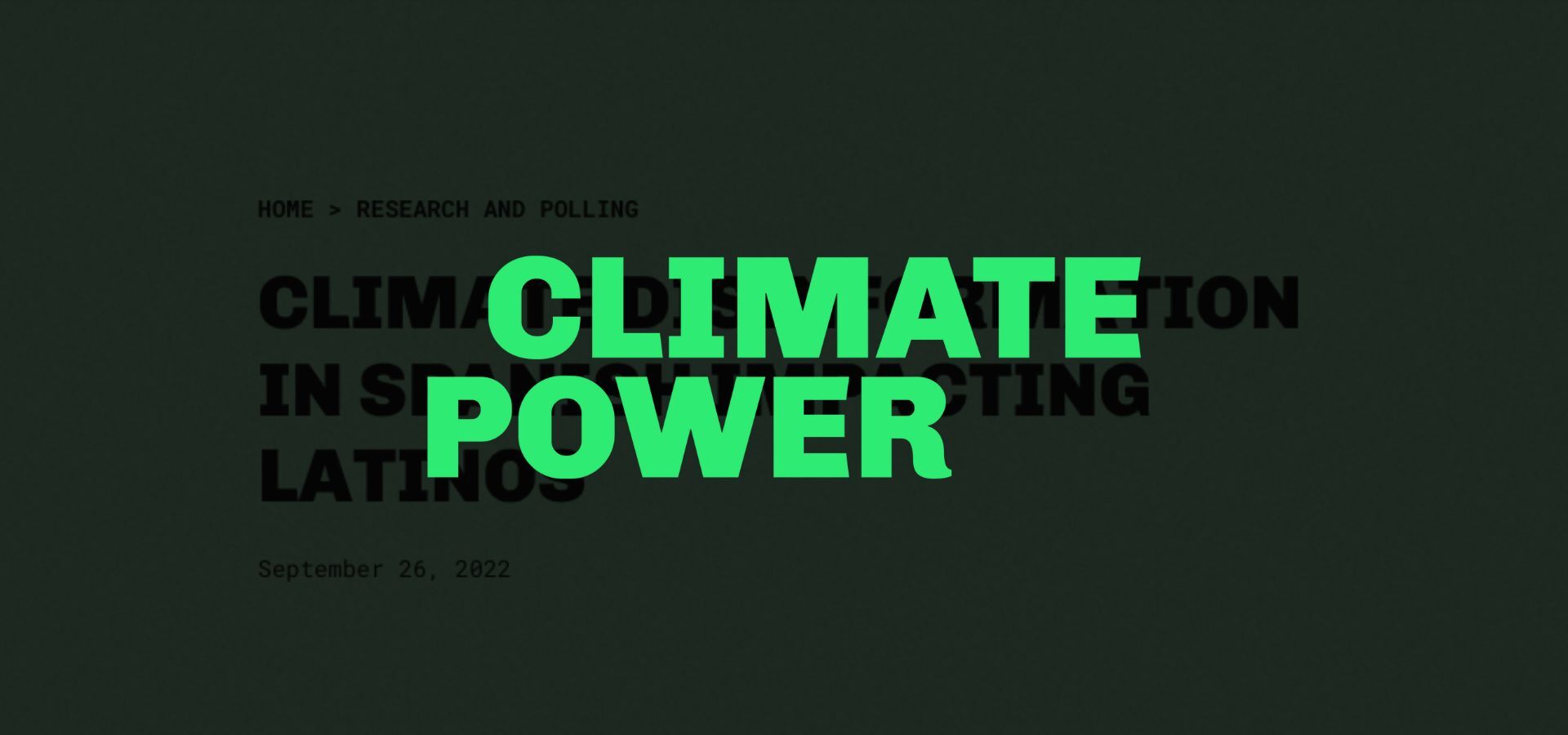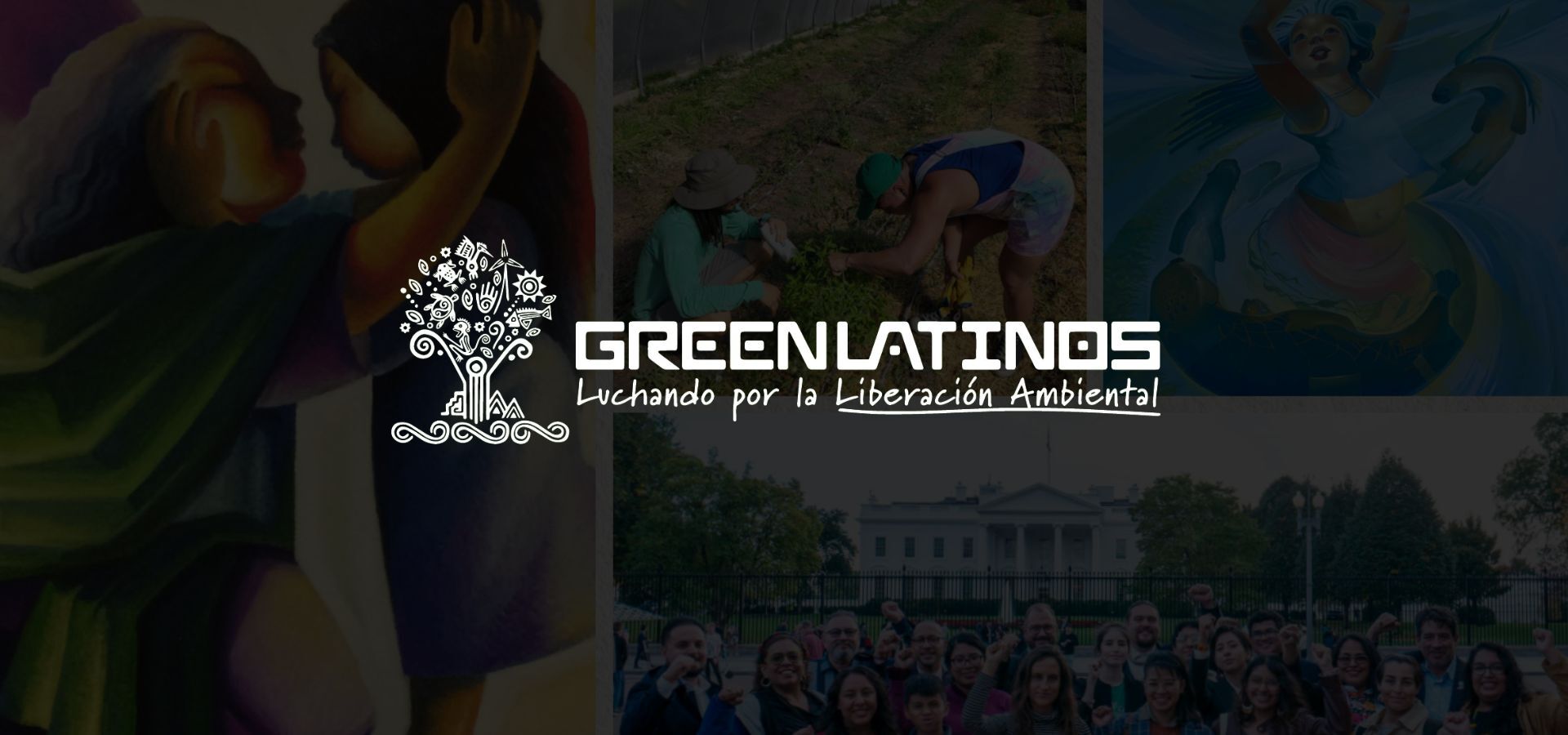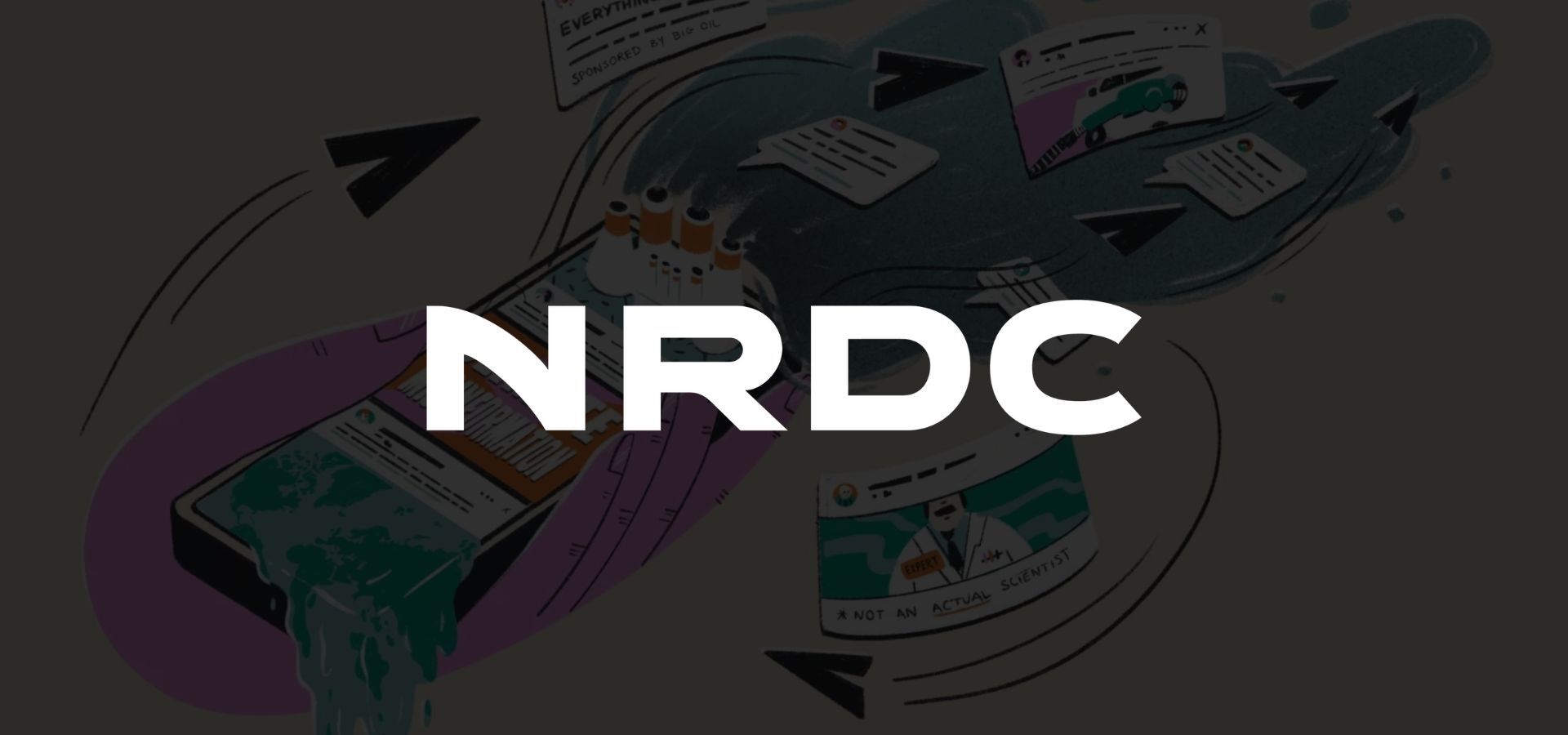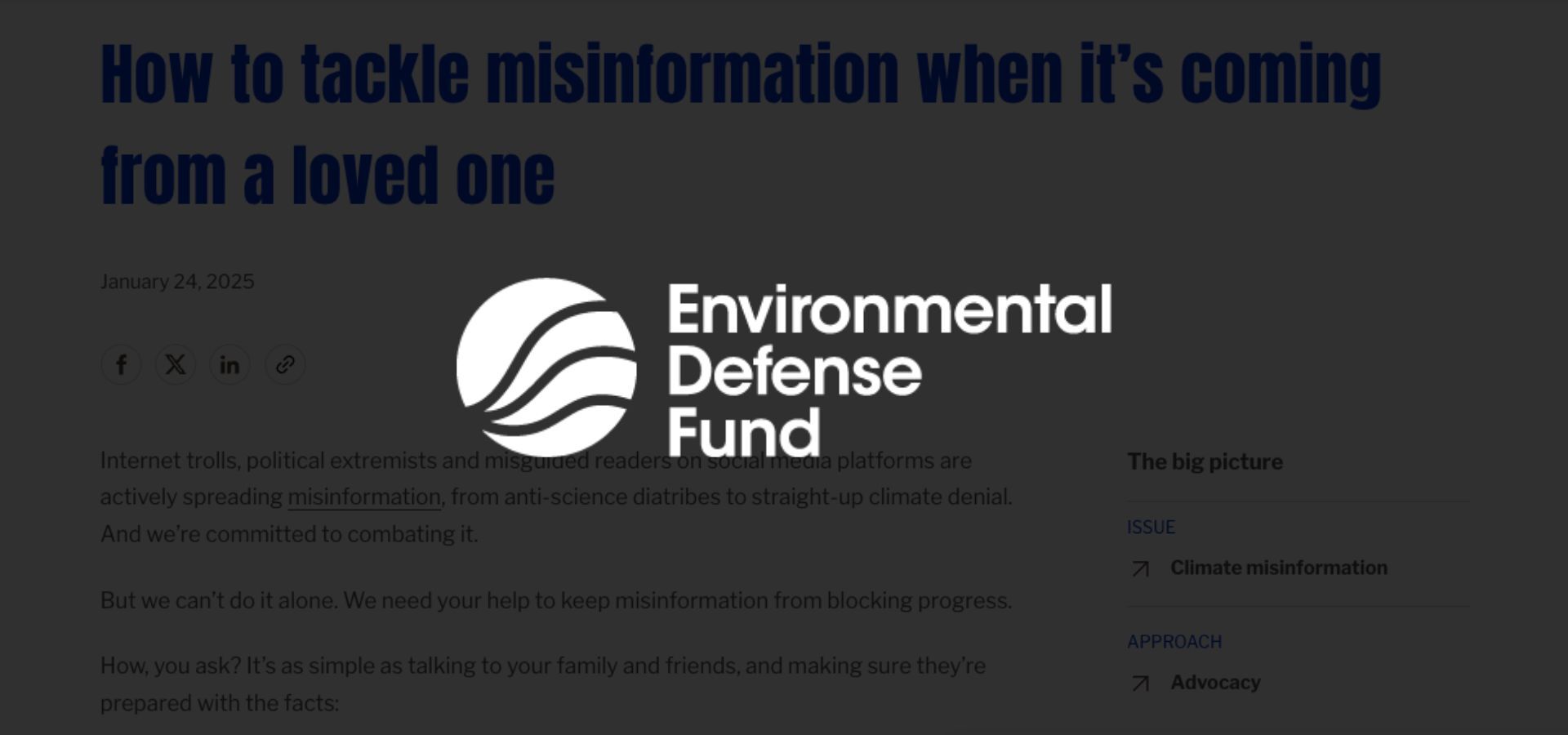While many use social media to connect with friends and family, a growing number of bad actors use these platforms to spread lies, tricking, confusing, and misinforming unsuspecting users. To make matters worse, social media companies, such as X and Meta, have recently scaled back or outright eliminated content moderation, which will only fuel the disinformation on their platforms—not quell it— leaving their users responsible for calling out and debunking these myths.
Below are the basics of misinformation and disinformation, including what they are, how to recognize and prevent their spread, and resources with more information. Don’t let yourself or your loved ones fall down the disinformation rabbit hole— help fight for the truth today!
disinfo 101
Misinformation is false or inaccurate information, while disinformation refers to incorrect information spread with the intention to deceive.
Climate experts have coined a new term, climate mis-/disinformation, identified by the Climate Action Against Disinformation (CAAD) as information that either:
- Undermines the existence and repercussions of climate change, the role humanity has played in worsening the crisis, and the need for urgent action
- Misrepresents scientific data and erodes trust in climate scientists and experts
- Falsely publicizes or greenwashes efforts as climate solutions when, in fact, they exacerbate and contribute to climate warming.
The spread of climate mis-/disinformation minimizes the existential threat we face, which helps erode climate action here in the United States and across the world.
Climate mis-/disinformation is a growing problem in America, and nowhere does it spread faster than on social media. This presents a problem for all Americans, who overwhelmingly use social media sites such as YouTube, TikTok, and Facebook as news sources. To make matters worse, these companies do a poor job of fact-checking their users, allowing anyone to spread lies with impunity.
While the entire country faces this threat, some demographic groups, such as Latinos and Spanish speakers, are more susceptible to mis-/disinformation. Nearly 90% of Hispanic adults said they often or sometimes get news from digital devices, with 56% from social media.
However, Spanish climate mis-/disinformation thrives on social media, where it’s scrutinized less than inaccurate information in English. This has led to an increase in the number of Latinos misunderstanding climate change and the energy transition. Some examples include:
- Content from State-affiliated channels that promote climate-denying propaganda
- Videos spreading misleading claims about the existence of climate change
- Posts that promote conspiracy theories, such as secret weather-controlling devices and flat-eartherism
Climate mis-/disinformation is also especially damaging to Latino communities, who oftentimes are at the forefront of the climate crisis. More than half of Latinos experienced an extreme weather event in the last year, are more likely to suffer from extreme heat, and are more exposed to the pollution from gas stoves.
To help folks identify disinformation online, John Cook, with the University of Melbourne, shed light on five techniques bad actors use to spread disinformation. These include:
- Fake Experts
- Climate scientists overwhelmingly agree that climate change is real and that human activity has exacerbated the crisis. Thus, many of the disinformation agents spreading lies online are not climate experts— they only pretend to be one.
- Logical Fallacies
- They are found in arguments where the conclusion doesn’t follow the premise and often relies on invalid and illogical ideas. A frequently cited example is when disinformation agents incorrectly assume that because the climate has changed naturally in the past, current climate change must be natural.
- Impossible Expectations
- Climate science is repeatedly held to impossibly high standards that other scientific fields don’t have to meet.
- Cherry-picking
- The signs of climate change are all around us, from increased extreme weather events to rapidly melting glaciers. Propagators of disinformation, however, select data that suits their needs and arguments while ignoring the evidence that wholeheartedly supports climate change.
- Conspiracy Theories
- Fake news, lies, and science denialism go hand in hand. Bad actors will often spread conspiracy theories, such as when TikTok users blamed space lasers for starting the Maui fire and when President Trump blamed China for causing global warming.
Being aware of the techniques that bad actors use to spread disinformation allows folks to be more critical of the media they consume and makes it harder for disinformation to take hold.
Prebunking
- One strategy is to warn folks about common examples of climate mis-/disinformation and preemptively refute them— before the lies have a chance to spread like wildfire online.
- Covering Climate Now has an excellent briefing on how to pre-bunk frequent climate misconceptions.
Debunking
- A more well-known tactic is debunking climate mis-/disinformation after people have encountered it.
- Experts such as Dr. Stephan Lewandowsky and Dr. John Cook have developed best practices for adequately debunking climate lies.
Resources
Stay in the Know
Stay up to date on all things hot for the planet and toxic to your health.
All fields required.
